Visiting Cuenca, Ecuador: Things to See and Do
Cuenca, Ecuador’s third-largest city, is friendly, walkable, and filled with historic charm. Nomad Diana shares the top attractions, what to eat, and the best day trip for getting out into the nearby mountains.
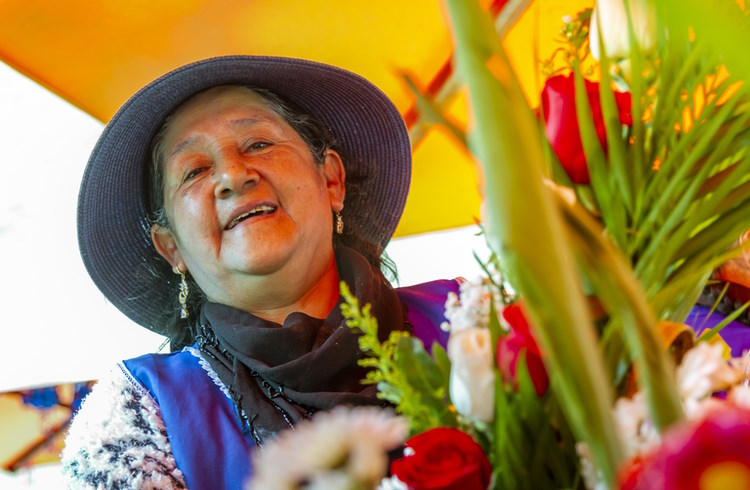 Photo © Getty Images / ampueroleonardo
Photo © Getty Images / ampueroleonardo
As a daughter of Ecuadorian parents, I have often visited Ecuador’s coastal regions – but it wasn’t until adulthood that I experienced Cuenca, a vibrant city perched 8,400 ft (2,560m) above sea level in the Andes Mountains.
I was excited about the opportunity. Santa Ana de los Cuatro Ríos de Cuenca, as it was called by the Spanish colonizers (named after Cuenca, Spain), is a city full of history and surrounded by nature. It’s no surprise that UNESCO named Cuenca a World Heritage site in 1999.
I’d also heard Cuenca welcomes people from all over the world and had been named one of the best places to retire because of its pleasant weather and affordability.
Cuenca is a city that will awaken your senses. You’ll witness the old and new worlds converging in the street, where people dressed in modern clothing mix with those in traditional outfits (thick velvet skirts, patterned woven tops, and black hats) and musicians play modern songs with traditional instruments.
Through Cuenca’s architecture, people, and food you’ll be reminded of its rich history and the peoples that have inhabited this land – there was vibrant life and culture before the Spaniards arrived, and the presence of the indigenous Cañari and Incan people can be seen and felt.
- Highlights of Cuenca’s Historical Center
- Rivers and views
- What to eat in Cuenca
- El Cajas National Park
- Trip notes
Highlights of Cuenca’s Historical Center
The Parque Abdón Calderon is in the heart of the city center. On one side is a church dating back to the 16th century, La Iglesia del Sagrario, commonly called the “Old Cathedral”. This church now appears tiny next to the majestic Catedral de la Inmaculada Concepción, (The Immaculate Conception Cathedral), aka the “New Cathedral”, which is right next door.
During the Spanish occupation, La Iglesia del Sagrario was reserved only for Spaniards. So, as you can imagine, the inside is grand, with an ornate roof and woodwork. Today, it’s a museum for religious art.
The New Cathedral, built over 85 years from 1885, has beautiful domes which have become symbolic of Cuenca and elaborate stained-glass windows.

Surrounding the Church are street vendors selling everything from flowers (Ecuador is a major flower exporter, and some of the world’s most beautiful roses come from Ecuador) to silver jewelry.
Cuenca is known as a hub for traditional handicrafts, some made in workshops in town, and others in the nearby villages. Around the city center you’ll find artisan shops selling brightly colored, woven tapestries, hats, and other handmade items such as hamacas (hammocks) and warm alpaca-wool ponchos and scarves; hand-painted ceramic tiles, vases, and dinnerware; leather goods such as gloves, sandals, and purses; and the famous “Panama” hats which actually originated in Ecuador – the more intricate and tightly woven the hat, the higher the cost.
Rivers and views
One of the things I love about Cuenca is the crisp mountain air – definitely a change from NYC, where I live. It feels like you experience four seasons in one day, starting off fresh, like spring, and moving to summer warmth and then to a fall breeze and finally, a chilly night.
Four rivers converge in Cuenca. The Tomebamba River divides the city in two – historic on one side, modern on the other. If you like to walk in nature, the Tomebamba River is a great place for a stroll, a run, or a bike ride. (A number of local tour operators offer bike tours, or you can use the city’s shared bike program, Bici Pública Cuenca).
Sitting at 8,858 ft (2,700 m), and only 10 minutes from the city center by bus, El Mirador de Turi offers a spectacular view of the city. Once there, you can visit the small church, and if you’re adventurous, try the swing (el columpio del Turi) that gives you the impression you’re flying out into the void thousands of feet above the city.
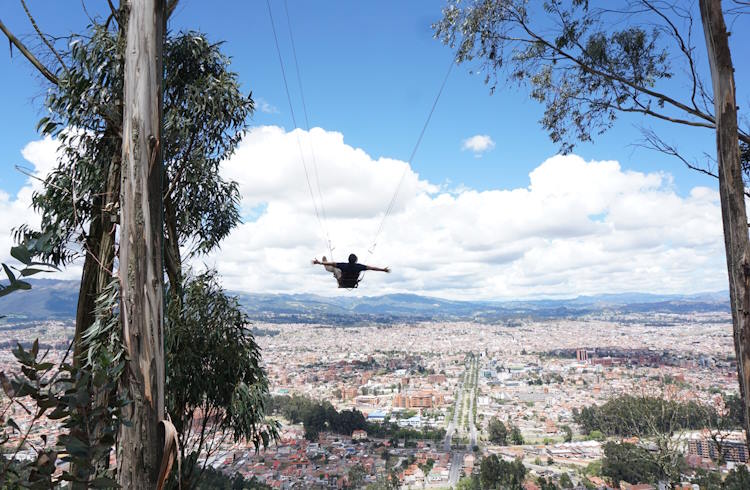
What to eat in Cuenca
Despite its small size, Ecuador has been blessed with fertile soil and a range of climates making it ideal for producing a rich variety of foods.
In the highlands, many dishes are based on corn and potato, unlike the coastal regions where there is a lot of fish and citrus-based food. The main meal of the day is the midday meal, el almuerzo. It usually consists of two plates: a soup and meat dish. I may be biased because I grew up eating Ecuadorian dishes, but Ecuadorian food is hearty and flavorful. Ecuadorians show their love with food, so if a local wants to share a meal with you, that means they like you.
Don’t leave until you’ve tasted these specialties:
Locro de papa: this is a creamy potato soup served with a side of avocado.
Fritada: chunks of pork cooked in pork drippings and served with toasted corn or mote (similar to hominy). Some places serve it with homemade ají (hot sauce) and pickled red onions.
Cuy: I can’t not mention that cuy, or guinea pig, is a delicacy in this part of Ecuador. I’ve heard it’s delicious, but I confess I haven’t been adventurous enough to try it.
All the fresh fruit! There is so much available in Cuenca – check out the markets and try them all. Some you’ve seen before, like pineapples, clementines, and passion fruit (called maracuyá in Spanish) and some you’ve probably never seen or tried: chirimoya, taxo, pitaya, granadilla, guanábana, and my absolute personal favorites tomate de árbol and naranjilla, which I recommend you try in fresh fruit juices.
Visiting El Cajas National Park
About 45 minutes from Cuenca, El Cajas National Park is an Ecuadorian treasure. Bird watchers can spot up to 157 bird species (look for the Andean condor – which is featured on the Ecuadorian flag – and the giant hummingbird). There is a network of 786 lakes, lagoons and ponds and 11 hiking trails, with opportunties for trout fishing, horseback riding, and more. Public buses are the cheapest way to get there. It makes a great self-guided day trip, or you can arrange to camp, stay at the refuge or hire a tour guide for a day tour.
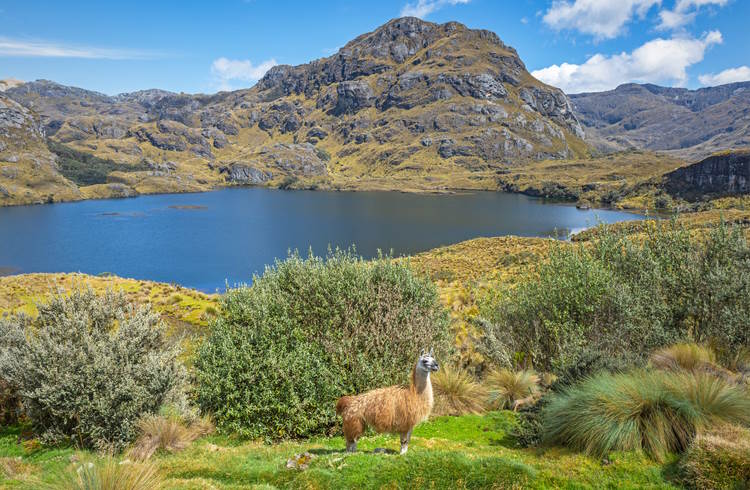
The Mirador Tres Cruces is the highest lookout in the park, standing 12,467ft (3,800m) above sea level. It’s a great place to take photos and admire the local llamas and alpacas.
Trip notes
Getting to Cuenca: you can fly or take a private or public bus from Quito or Guayaquil. If you have the time, I recommend driving. On the journey from Guayaquil, you’ll see how the climate changes from tropical to mountainous – the transformation is kind of breathtaking. The hot and humid coast with its banana and sugarcane crops turns into a foggy, chilly cloud forest. There are fruit stands along the road, and near the end of the three-hour drive you’ll reach spectacular El Cajas National Park.
Where to stay and how to get around: Cuenca offers plenty of accommodation options in all price ranges. I recommend staying in the Historical Center to be close to everything. Being from New York, one of the things I love most about Cuenca is its walkability. You won’t need to rent a car, as trams, buses, and taxis are readily available and affordable.
What to pack: Pack layers that you can add or remove depending on the time of the day. Bring comfortable shoes for walking. Sunscreen is a must as although it may get chilly, the sun can be very strong. You can visit year-round, as the climate is pleasant throughout the year. Cuencanos are very friendly and eager to help you, and the city is accustomed to receiving international visitors.
Related articles
Simple and flexible travel insurance
You can buy at home or while traveling, and claim online from anywhere in the world. With 150+ adventure activities covered and 24/7 emergency assistance.
Get a quote
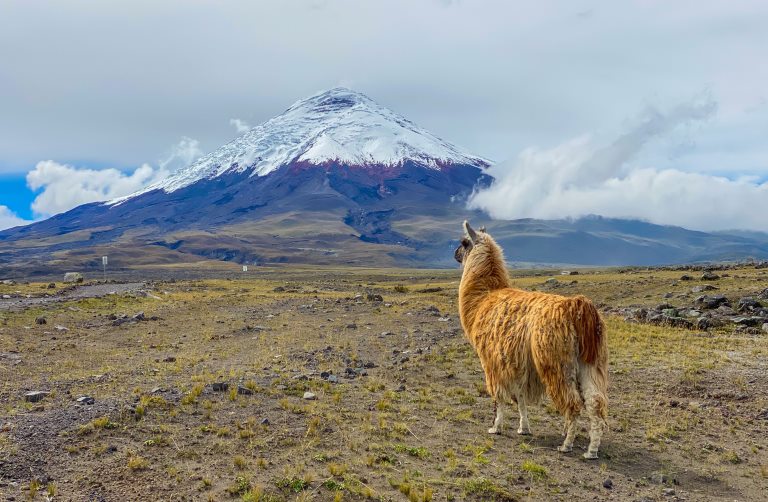
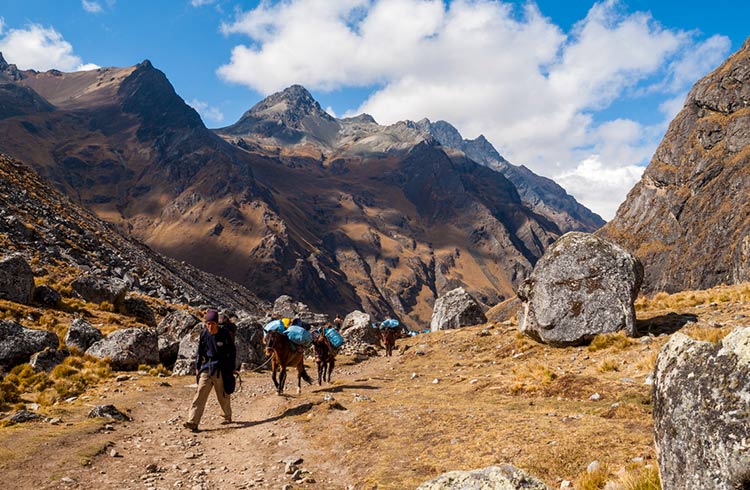
1 Comment
Love Ecuador, But Cuenca has something Very especial that everyone Loves it, be there Soon.